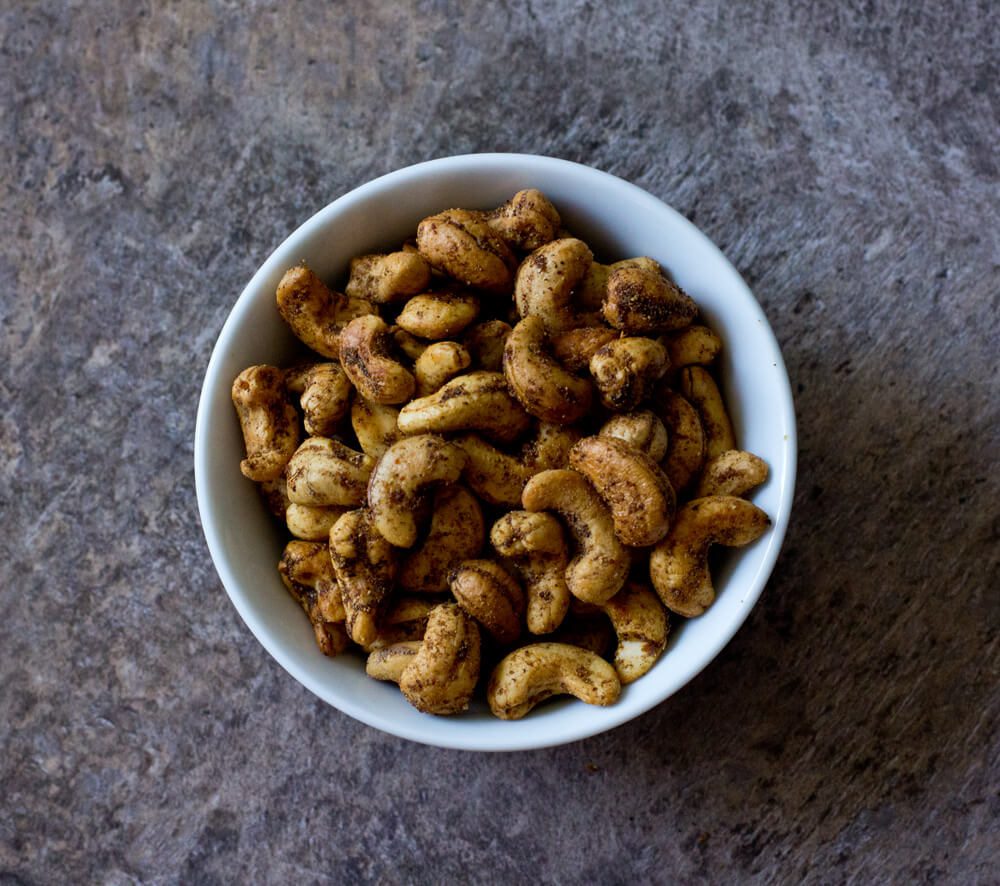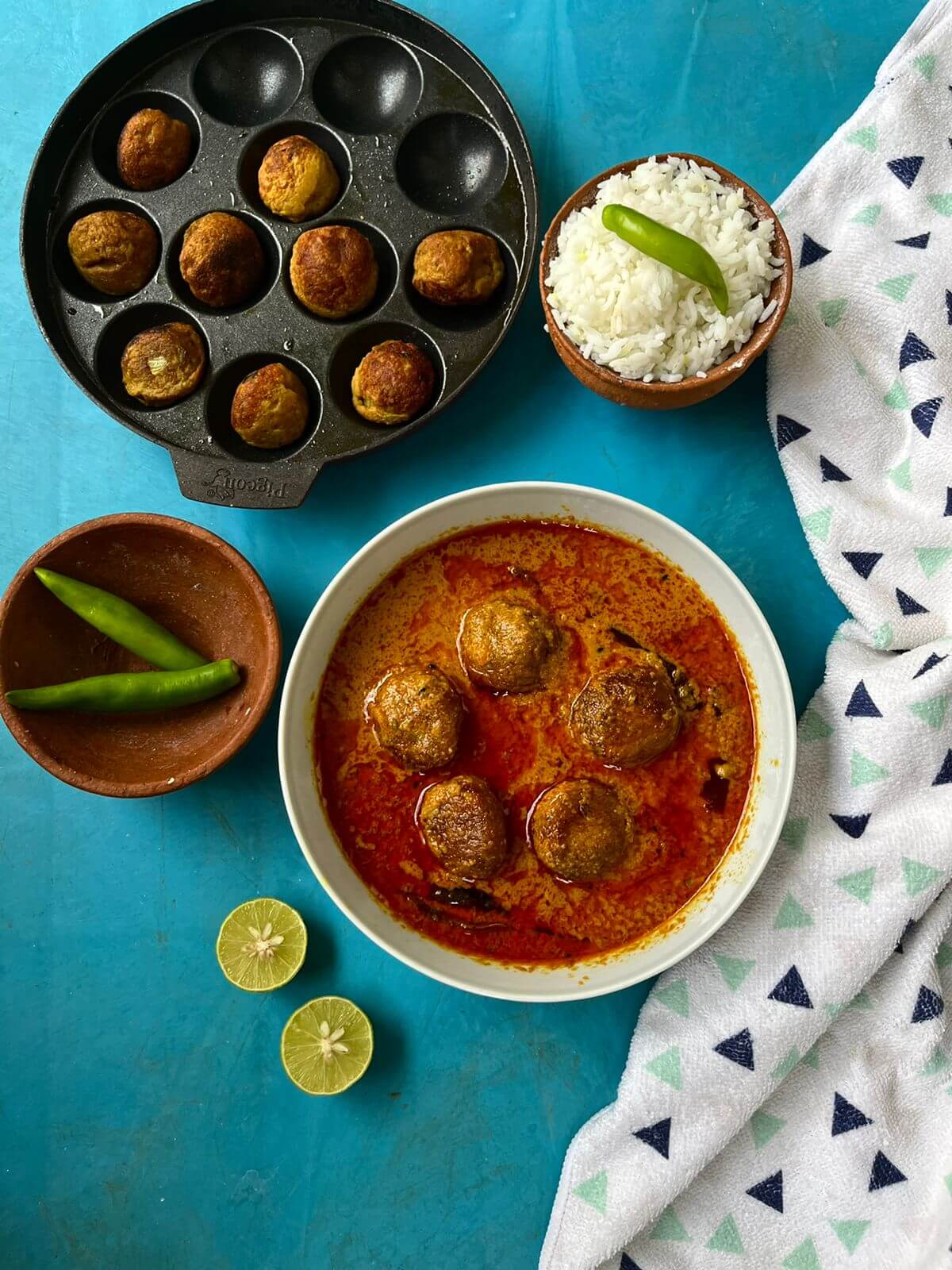Lily tells us the story of Momos, a popular street food in India and Nepal that the Tibetan refugees brought along with them. Momo is now the traditional delicacy of Nepal, Tibet and the Nepalese and Tibetan communities in Sikkim, Bhutan and Darjeeling district of India. The original Tibetan is Mog-mog. The Chinese names are Baozi and Jiaozi. They are similar to Mongolian Buuz, Japanese Gyoza and Korean Mandu. It has now travelled along with these people to the United States, the United Kingdom and various cities of India. Read more about it, in the regular column, exclusively in Different Truths.
Indians are very fond of snacking between meals .The tea or coffee break is the perfect time for an 11 am or 4 pm snack. The cities of North India are currently abuzz with the Momo fever, as I call it. A tiny little parcel of delectable goodness wrapped up in a mal-mal (muslin) thin sliver of dough. Easy on the pocket, hassle free to eat, with both vegetarian and non-vegetarian versions, these savoury packets quickly worm their way from stomachs to hearts.
The humble Tibetan dumpling holds sway on street corners and five star hotels alike. Momo is a type of steamed bun that has different fillings. It is supposed to have travelled all over the world with the Tibetan diaspora. Neighbouring countries have embraced Momos with enthusiasm. For me it is personally appealing as it is guilt free snacking due to it being steamed instead of deep fried. Its light on the stomach and two or three bites are enough to gobble up these darlings. The Newar community of Kathmandu valley in Nepal made it famous initially, it is believed that Newar merchants went to Tibet and brought back the name and the dish from Lhasa. The fillings and the condiment were modified according to local taste.
Momo is now the traditional delicacy of Nepal, Tibet and the Nepalese and Tibetan communities in Sikkim, Bhutan and Darjeeling district of India. The original Tibetan is Mog-mog. The Chinese names are Baozi and Jiaozi. They are similar to Mongolian Buuz, Japanese gyoza and Korean Mandu. It has now travelled along with these people to the United States, the United Kingdom and various cities of India.
In India, I believe that in Chiraag Dilli, a part of the city of Delhi, there are numerous streets where each house has people making Momos to sell to wholesalers, who distribute it to vendors on the roadsides. These retail outlets steam them in the aluminium steamer and serve it with the typical hot red sauce. My hometown of Chandigarh is full of students from all over the country. They often fill their stomachs with this affordable street food, licking up the hot red chili ginger sauce.
The wicker basket in which the steamed dumpling is served in swanky restaurants is a statement in itself.
Chinese dim sums sound classier to the ear and are served with much fanfare at exorbitant rates for the same thing. A friend of mine once joked that the outer covering of a Momo should be paper thin and one should be able to make out the filling inside it. He said one could likewise see the water go down the translucent throat of the gorgeous Hindi film star of yesteryears, Madhubala! Men and their sexist remarks!
There are typically two types of Momo, the steamed and the fried. Both are normally served with a tomato based sauce. Soup momo has the dish immersed in a broth. The pan-fried versions are Kothey Momo. Other two famous Tibetan versions are Tingmo and Thaipo.
In Nepal, Tibet, Bhutan, Darjeeling, Sikkim and Assam meat is popularly used as filling. It is generally pork, chicken, mutton (goat), and beef (buffalo). In Ladakh, and the upper Himalayas, yak and lamb meat are filled.
The vegetarian versions use cabbage and potatoes in India and Nepal. Paneer, cheese, and Khoa may also be used.
The dumplings once prepared are steamed over a stock or soup in a mini making utensil called Mucktoo.
If you love them steamed you are smart and if you would rather fry them like fritters or pakoras that’s a good thing too for Momos were my late mothers go to food once her teeth started deserting her.
“Bade soft hain yeh Momos beta (These are very soft, my child),” she would say. The minced meat and vegetables. Make them nutritious and tasty too.
Catch you all at the street corner where the queue is serpentine. It could be a Chhettri or a Gurung, who owns the stall though the Tibetans taught us all in their exile. The best I have tasted are in Dharamshala, in Himachal Pradesh, where the Dalai Lama resides. You must go visit that little mountain paradise.
Until next time.
©Lily Swarn
Photos from the internet.
#Momos #HistoryAndMysteryOfFood #HistoryOfMomos #StoryOfMomos #TibetanFood #IndianStreetFood #DifferentTruths







 By
By

